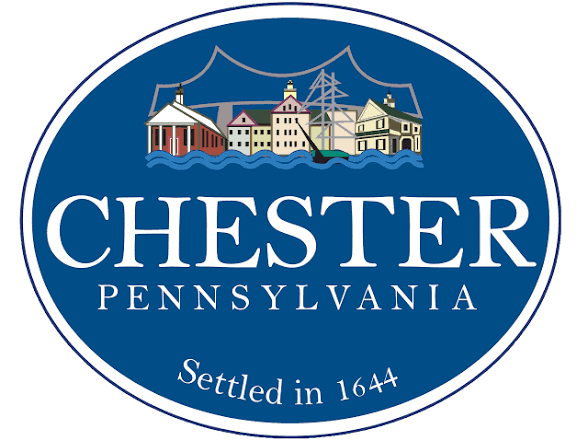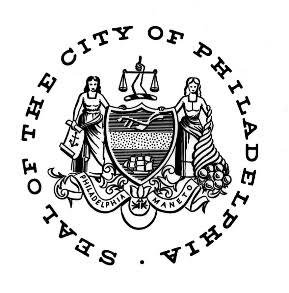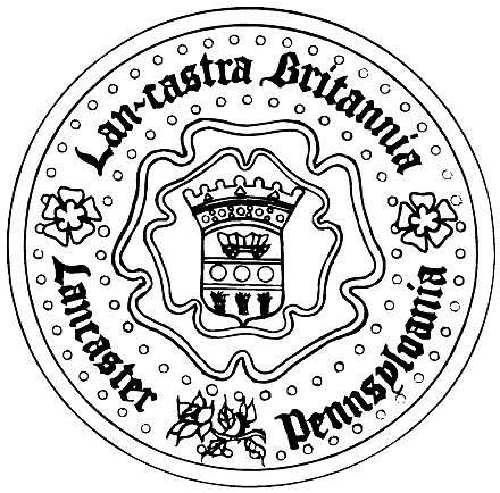Chester

1681-1684
William Penn received a charter from King Charles II on March 4, 1681. On April 10, 1681, Penn appointed his cousin, William Markham, as Deputy Governor and sent him to the newly named Pennsylvania to take control and establish the government on his behalf.
At that time, Upland was the primary settlement in Pennsylvania and the former base of operations of the Dutch province of New Orange. The lower section of Upland near the river was where business was conducted, and where the House of Defense was located. William Penn arrived in Chester on October 29, 1682. The name was changed to Chester by William Penn after he arrived to reflect Cheshire, England.
The Pennsylvania government was ran from this location until the capital was moved to Philadelphia.
Philadelphia

1684-1799
In September 1681, William Penn sent three commissioners to Pennsylvania with the task of establishing a “great towne” in the most convenient place along the river as possible.
Penn assumed that this task would be carried out in Chester. The practice of William Penn was to purchase land from the current land owners. The commissioners quickly realized that it would be extremely difficult to accomplish this at Chester because all of the land was owned by local farmers who had long owned the land. It would have required mass buy outs and displacement of many landowners. The commissioners found an area further upriver that was more ideal for Penn’s grand plans.
The area known as Wicaco was owned by three Svennson brothers: Sven, Olave, and Andrew. They were sons of Sven Gunnasson. The commissioners bought this largely undeveloped riverfront tract from them in 1682 before Penn arrived. Surveying and layout began in the summer of 1682. The city of Philadelphia was incorporated in 1684 and began serving as the capital of the Province of Pennsylvania.
Lancaster

1799-1812
The Pennsylvania legislature voted to move the State Capital to less populated and more centrally located Lancaster City.
Harrisburg

1812-present
In 1785, John Harris Jr. donated 4 acres of land in Harrisburg to Pennsylvania for the use of a State Capital. In 1810, the Pennsylvania Assembly agreed to move the capital there and plans began to relocate. The move was formally completed in 1812.
